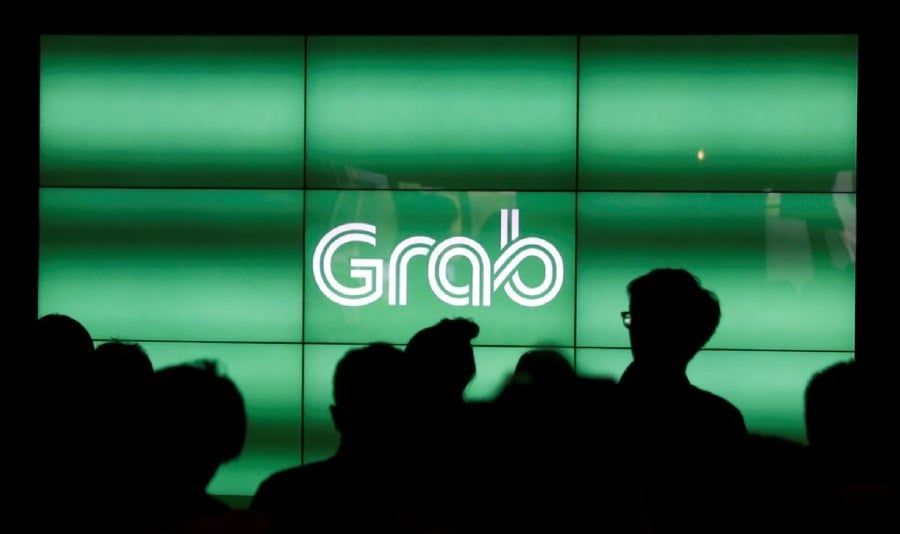GRAB Holdings raised its full-year profit forecast on Wednesday after reporting a higher-than-expected quarterly revenue, driven by recent cost-reduction measures and robust demand for its ride-share services.
A significant restructuring at Grab, which included reducing 1,000 jobs and slashing some technology costs in 2023, is helping the company push ahead in its goal to deliver positive free cash flow this year.
In an interview with Reuters, CFO Peter Oey said a surge in Southeast Asian tourism, along with an increase in corporate events and concerts in the last quarter, bolstered the demand for ride-share services.
U.S.-listed shares of Grab gained 2 per cent in extended trading following the results, which came in several hours after the markets closed.
The company's revenue rose 24 per cent to US$653 million in the first quarter ended March 31, surpassing analysts' estimates of US$642.4 million, as per LSEG data. It reported adjusted core profit of US$62 million versus a US$67 million loss last year.
Grab's food delivery business, its largest revenue stream, and the ride-share business grew 19 per cent and 27 per cent, respectively, outperforming Visible Alpha's consensus estimates.
The strong showing from Grab, one of Southeast Asia's biggest tech firms, highlights increased discretionary spending by consumers in the region.
Grab now projects an adjusted core profit between US$250 million and US$270 million this year, up from its previous forecast of US$180 million to US$200 million. It maintained its revenue projection at US$2.70 billion-US$2.75 billion.
The company disclosed a US$97 million repurchase of its Class A shares, part of a US$500 million buyback plan announced in February. - Reuters


